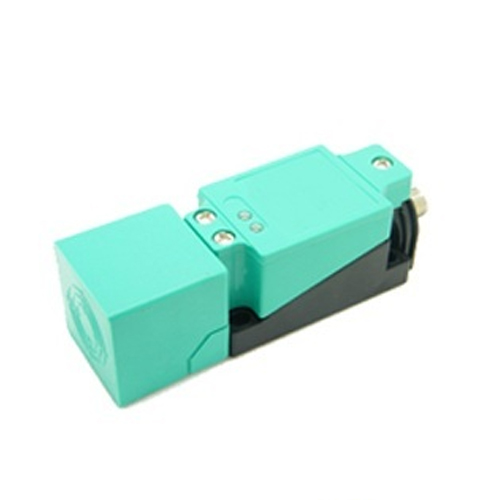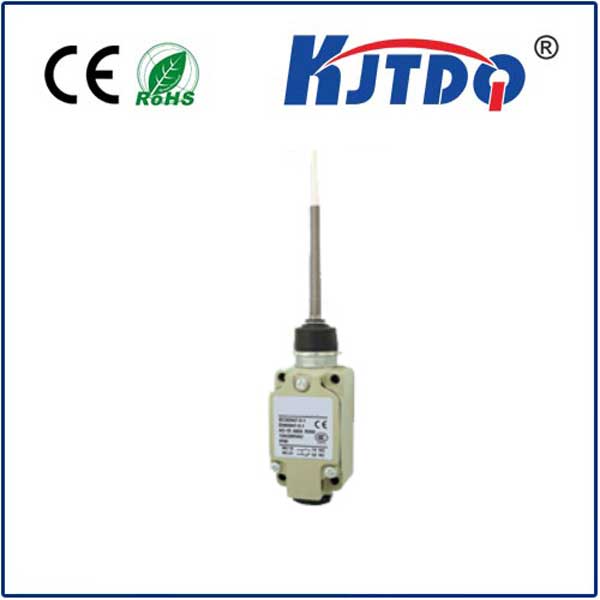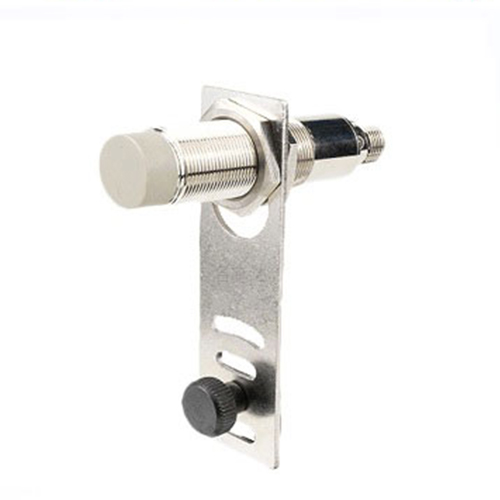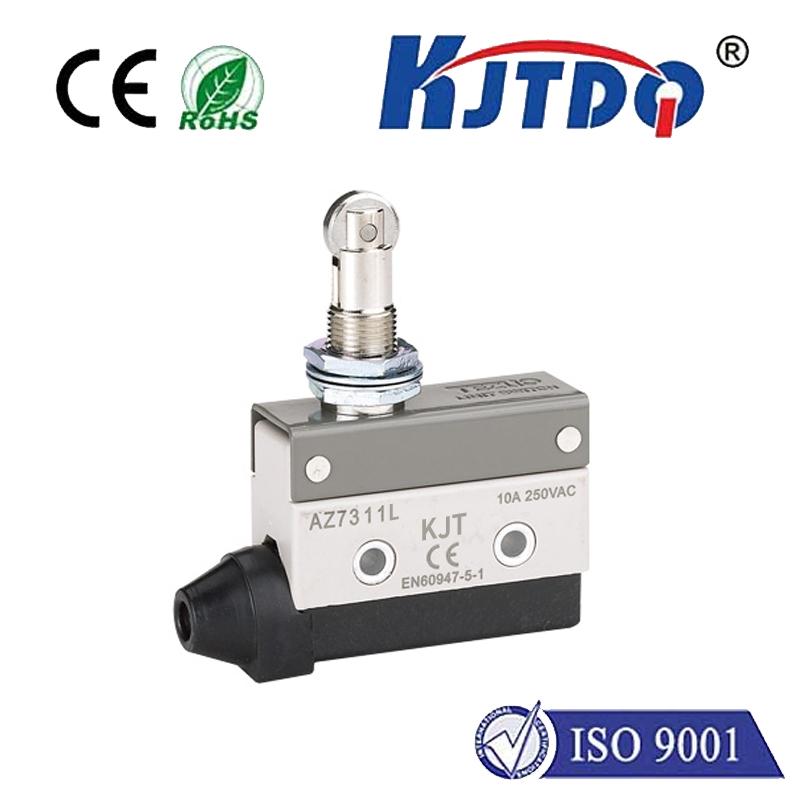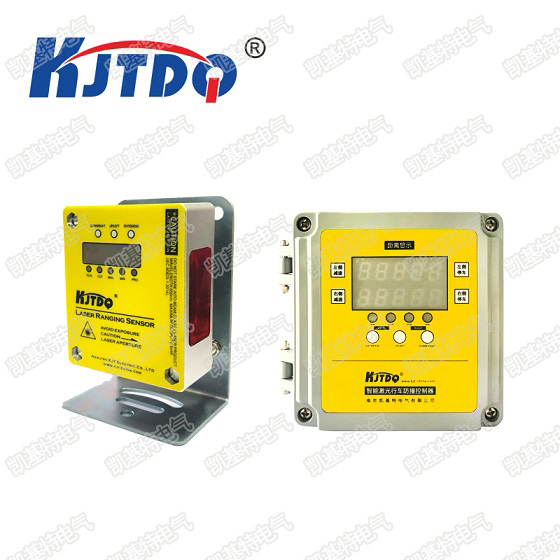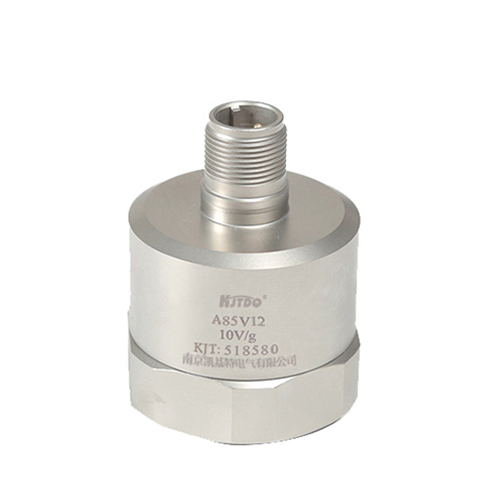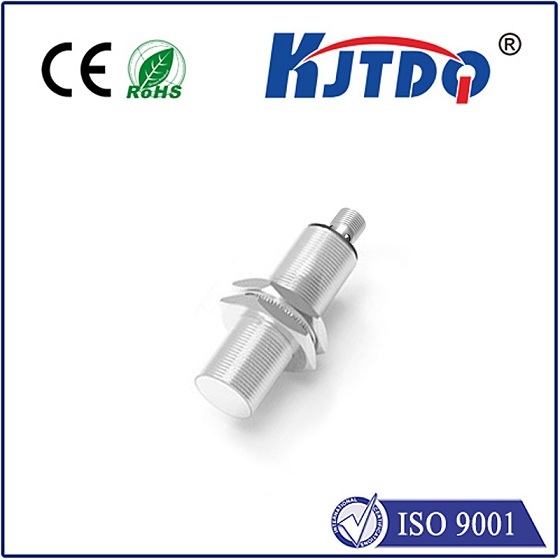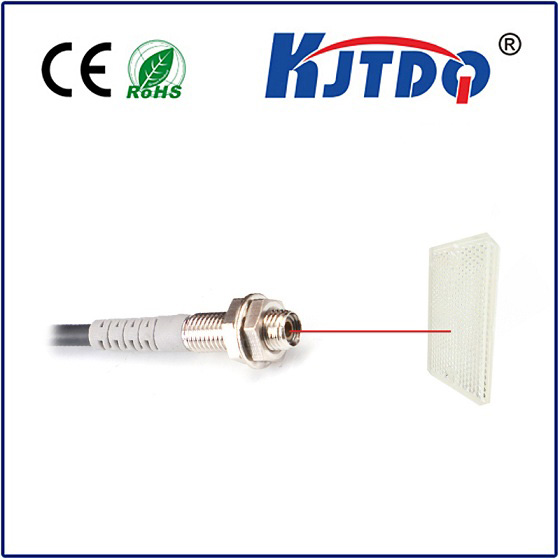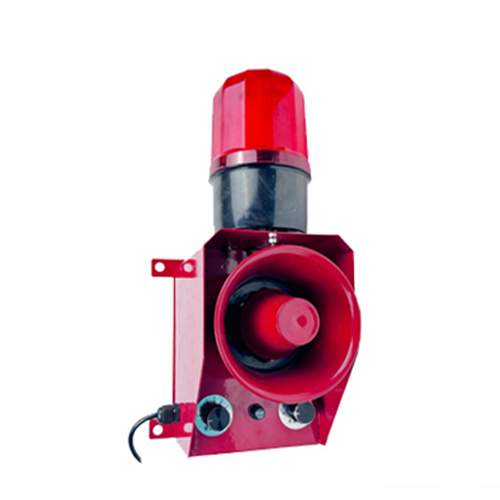

check

check

check

check

check

check

check

check

check

check
Title: Enhancing Efficiency and Safety with Laser Velocity Sensors
Introduction
Laser velocity sensors are essential components that provide real-time information about the speed and direction of a moving object. These sensors have become increasingly popular in various industries due to their high accuracy, reliability, and cost-effectiveness. In this article, we will discuss the applications of laser velocity sensors, their advantages over other types of speed sensors, and how they can improve efficiency and safety in different sectors.
Applications of Laser Velocity Sensors

One of the primary applications of laser velocity sensors is in automotive industry, where they are used to monitor the speed and movement of vehicles. This helps in improving traffic flow, reducing accidents, and enhancing overall driving experience. Laser velocity sensors are also widely used in industrial automation systems, conveyor belts, and manufacturing processes to ensure smooth operation and minimize downtime.
Another important application of laser velocity sensors is in sports equipment, such as tennis rackets and basketballs. These sensors help athletes improve their performance by providing accurate data on the speed and direction of the ball. In addition, laser velocity sensors are used in military applications to track enemy movements during combat.
Advantages of Laser Velocity Sensors Over Other Types of Speed Sensors
Compared to traditional mechanical or optical speed sensors, laser velocity sensors offer numerous advantages. One of the most significant benefits is their high accuracy. Laser velocity sensors use pulses of light to measure the speed and direction of an object, making them highly precise. This ensures that critical applications such as automotive safety systems and industrial control systems receive accurate data.
Another advantage of laser velocity sensors is their ability to operate in harsh environments. Unlike mechanical sensors that can become damaged or malfunction in extreme temperatures or humidity, laser velocity sensors can withstand a wide range of conditions without compromising their performance.
Finally, laser velocity sensors are relatively inexpensive compared to other types of speed sensors. This makes them an attractive option for many industries looking to reduce costs without sacrificing accuracy or reliability.
Improving Efficiency and Safety with Laser Velocity Sensors
In conclusion, laser velocity sensors offer numerous benefits that make them ideal for various applications. By providing real-time information on the speed and direction of moving objects, these sensors can help improve efficiency and safety in industries such as automotive, industrial automation, sports equipment manufacturing, military defense, and more. As technology continues to advance, it is likely that laser velocity sensors will become even more prevalent in our day-to-day lives.
